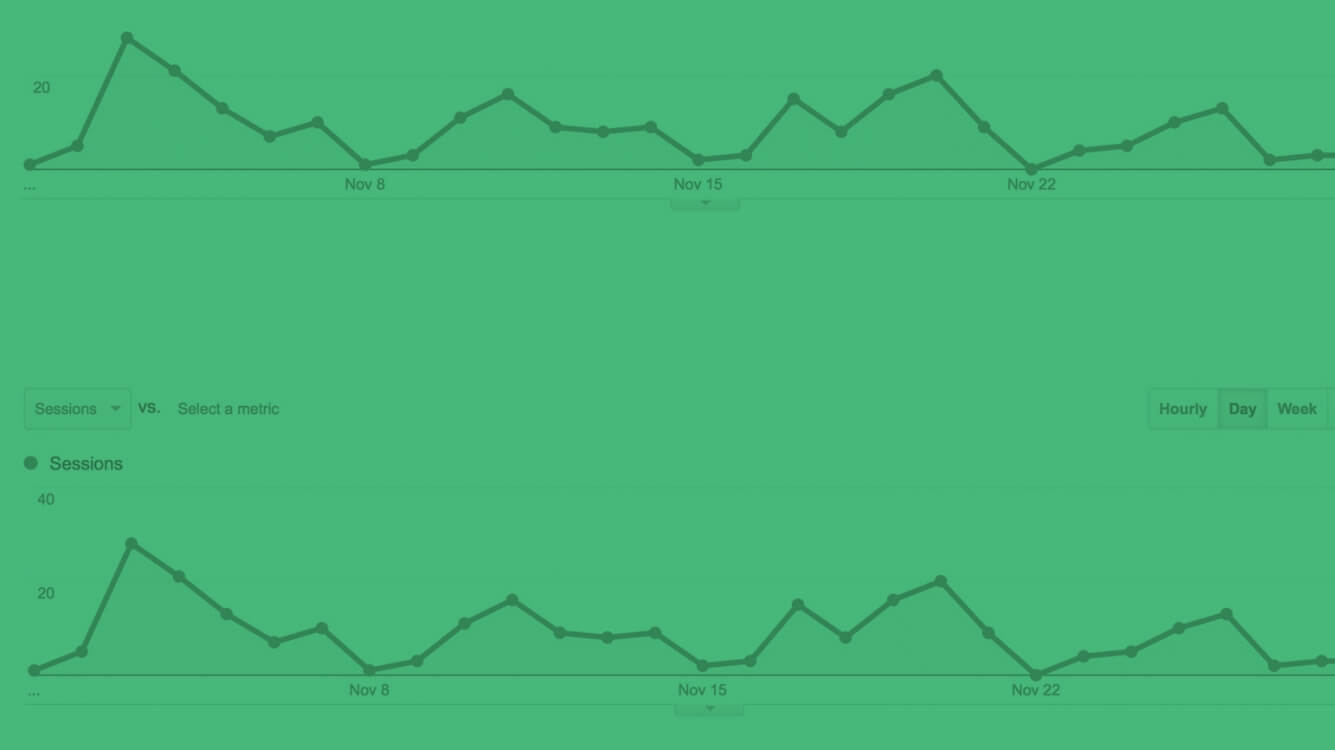Bounce Rate is defined as:
THE PERCENTAGE OF VISITORS TO A PARTICULAR WEBSITE WHO NAVIGATE AWAY FROM THE SITE AFTER VIEWING ONLY ONE PAGE.
Although Google may not explicitly use analytics for SEO rankings, it is reasonable to assume that if a website has visits for irrelevant searches where most people leave within a few seconds, it won’t remain in top ranks of Google for very long. In short, our online marketing experts find that Bounce Rate does affect SEO.
Is high Bounce Rate a bad thing?
Not necessarily. Bounce rates vary greatly by industries. A website that delivers exact information that someone is looking for will also likely have high bounce rates – it doesn’t mean that the visitors didn’t find it useful, but there was simply no need for them to go visit any other page as their found their answer already.
Additionally, a recent design trend for creating single page websites will also have an extremely high bounce rate, which is why Google started suggesting creating Events for accurate user behaviour tracking.
Reducing the Bounce Rate
On the web, you will find a number of ways to reduce the bounce rate, which all tend to say the same thing: give your users a better experience! By offering a better user experience, your visitors are more likely to continue browsing your website.
Remove annoying pop-ups – How many times have you exited a site as soon as you entered because a pop-up came up asking you to enter personal information? I do it all the time, because it takes less time to click the Back-button and click on the next Google search result than it is to find the close button the pop-up (which might pop-up again).
Improve your navigation – Make it simple to navigate your website. Put your marketing hat on and put yourself in your visitors’ shoes. If you’ve never been to this website before, where would you click next? Spend a lot of time analyzing your Google Analytics to figure out what your users are looking for and what content is most relevant.
Use large calls-to-action – What do you want your users to see first? Make it easy for them to find a button or a specific path you want to show them by having large buttons, surrounded by plenty of white-space.
Promote other relevant articles – By listing other great content you, they will browse your website more. This includes removing pop-ups, having better navigation, larger calls-to-action, promoting other articles and more. Additionally, you may want to break your content into several pages with a large calls-to-action to continue reading.


